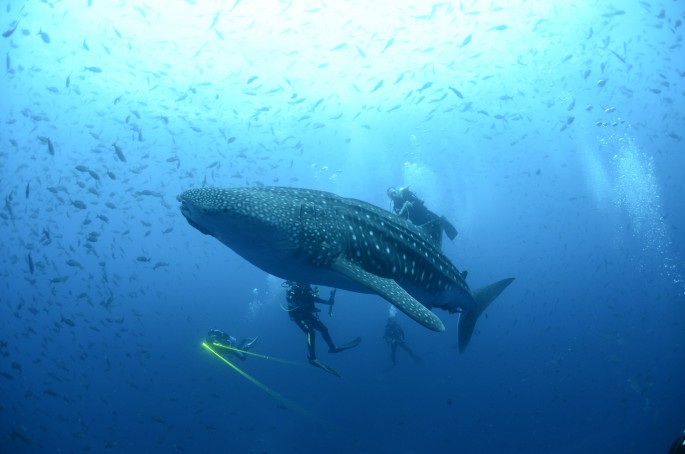Scientists have revealed that unique 'whale songs' recorded in the Antarctic could belong to new species of this deep sea creature.
According to a study published in the Journal of Marine Mammal Science, a distinct 'whale song', known as Antarctic BW29 signal, was recorded up to 1000 times during more than a dozen recording sessions. Another unique 'whale song', known as the Antarctic BW37 signal, was also recorded at least six times.
The 'whale songs' were reportedly recorded near the South Orkney Islands and the South Shetland Islands as well as in the Antarctic Peninsula.
Whales are known to produce melodic sounds, known as 'whale songs', to guide their movement in the depths of the sea (echolocation), and also to communicate with their partners during mating season.
Although there is a possibility that these 'whale songs' being made in the Antarctic region belongs to a known species of the large fish, scientists say the sound being made and its frequency is unusual. If the 'whale songs' are being made by a known species, scientists say it is likely being made by either a strap-toothed whale, a Gray's beaked whale or a southern bottlenosed whale. Researchers also say it is possible for one whale species to produce different 'whale songs'. However, there is no evidence to suggest that the 'whale songs' recorded in the Antarctic region belonged to any single known species.
There is a strong chance that the 'whale song' is being made by a new species. Last year, scientists recognized a new species of beaked whales after decades of misidentification, accordiing to Nature World News.
The new species, known as Mesoplodon hotaula, was identified based on analysis of stranded whales in the Indian and Pacific Oceans. The addition of the Mesoplodon brings to a total of 22 the number of beaked whale species that have been recognized by scientists today. Perhaps, the strange calls in the Antarctic Ocean could announce the discovery of a new whale species.
The study that led to the discovery of unique 'whale songs' in the Antarctic region was carried out by scientists from the US and Argentina, under the leadership of Jennifeer Trickey of Scripps Institution of Oceanography at the University of California.






















